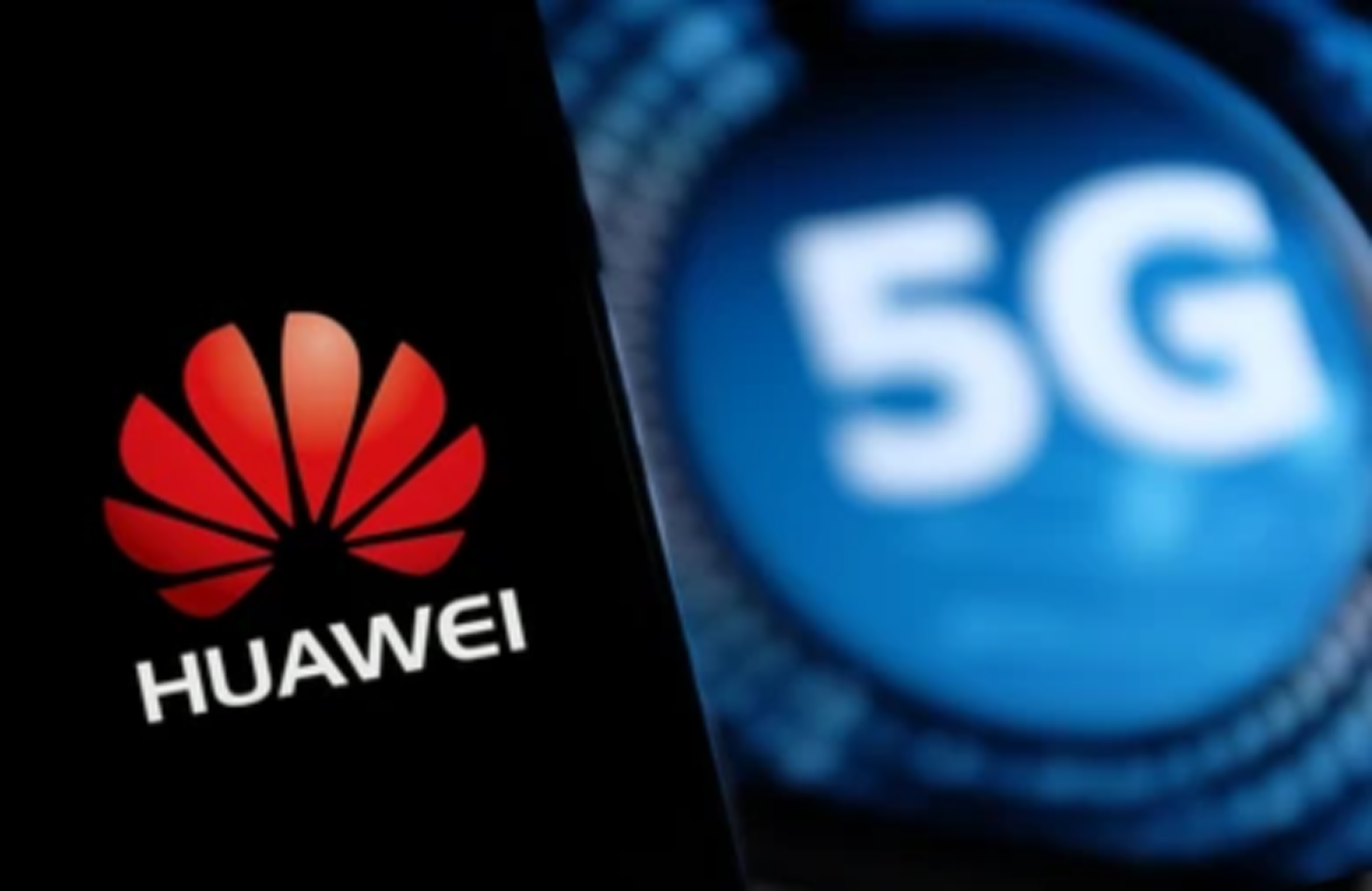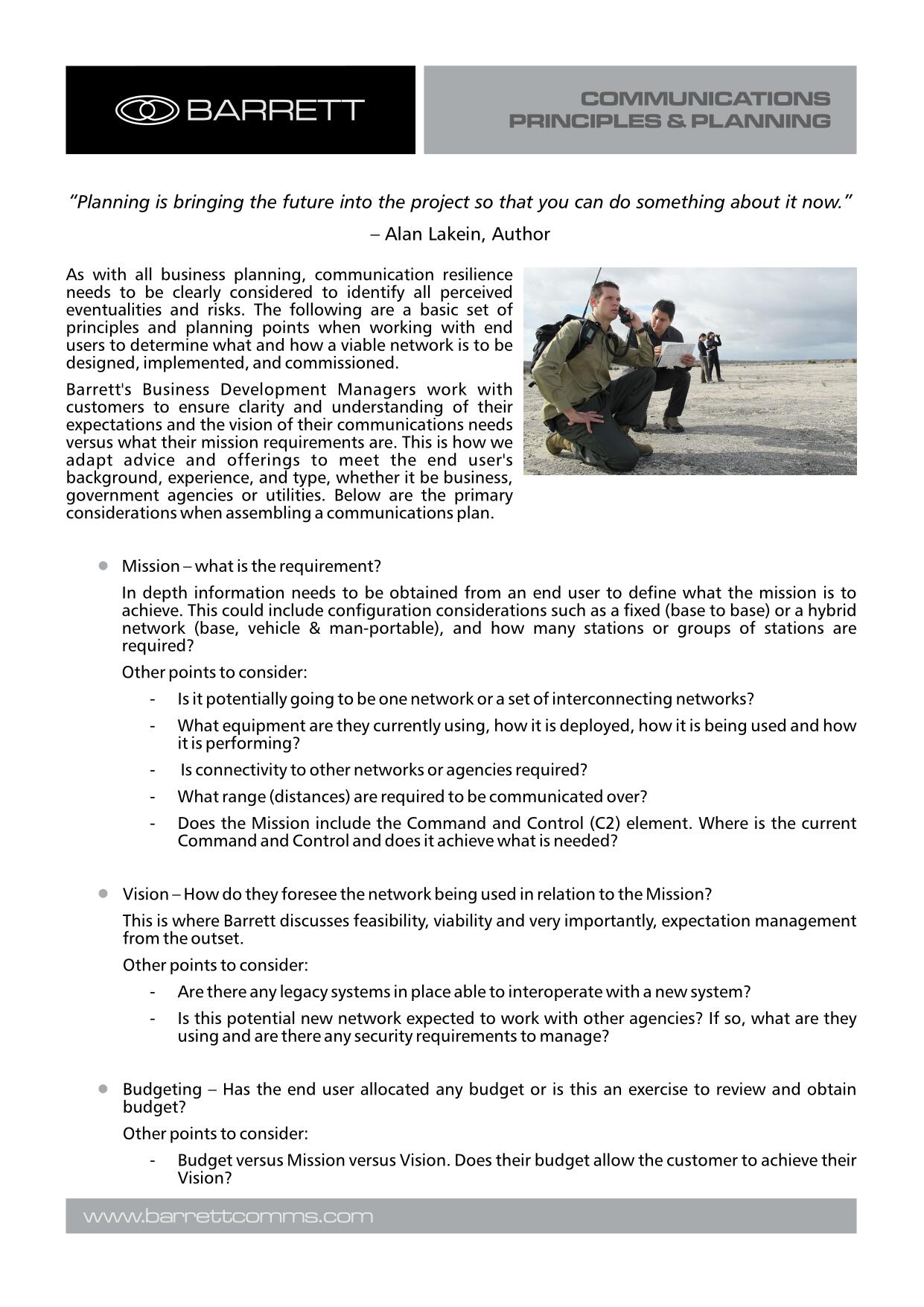
During the Huawei Win-Win Innovation Week hosted in Shenzhen, David Wang, Huawei’s Executive Director of the Board and Chairman of ICT Infrastructure Managing Board delivered a keynote speech announcing the company’s latest products and solutions launches. His speech highlighted the need for the telecoms industry to embrace the evolution of 5G towards 5.5G to support computing requirements on the rise.
5G needs to evolve before 6G arrives in 2030
The arrival of 5G three years ago represented a significant improvement in mobile networks over 4G. New technologies and the use of a broader radio spectrum allow 5G to provide higher speeds, less latency, capacity for significantly more connected devices, less interference and better efficiency than 4G ever could.
However, the relentless adoption of cloud computing as well as the further adoption of artificial intelligence, industrial robotics and autonomous vehicles, are driving exponential demand for computing power. Supply bottlenecks are developing both at the datacentre and network levels, stressing already the current capabilities of 5G. Unfortunately, the next generation of mobile networks, 6G, which could better handle these challenges, is not expected to launch commercial services until at least 2030. It is becoming increasingly apparent that an interim evolution of 5G will be required to bridge that timeline gap.
The Huawei 5.5G proposal
In this context, Huawei has taken the initiative with a proposal it calls 5.5G, spanning across both mobile and fixed networks. At the GSMA Mobile Broadband Forum in 2020 it presented its 5.5G vision for mobile networks, and subsequently at the Global Analyst Summit in 2022 it showcased its F5.5G vision for fixed networks.
At the recent Huawei Win-Win Innovation Week, Chairman Wang elaborated further on the technology innovations underpinning the proposal, and what they mean in terms of customer experience. He summarised six key 5.5G features: a 10 Gbps experience everywhere, evolving from connectivity to sensing, 10x effective computing, 10x cloud storage performance, L4 autonomous driving networks (ADNs), and green development. For instance, the use of a wider spectrum bandwidth and technologies such as high-order modulation and high-rank MIMO (Multiple Input Multiple Output) could enable a true 10Gbps experience for 5.5G mobile networks. Likewise, deploying fibre to the room (FTTR) or doubling the optical power density, could enable the same for fixed networks.
Additionally, Chairman Wang introduced for the first time the Net5.5G initiative, which proposes several innovations around the IPv6 standard to allow emerging intelligent applications to use computing power from multiple clouds at lower costs, with greater agility and flexibility. Over recent years Huawei has established itself as a leading player in the networking industry, and therefore these new proposals around 5.5G are likely to be taken seriously by the industry and operators. Indeed, according to GlobalData Patent Analytics, Huawei already is the leading telecom equipment vendor in terms of the number of 4G/5G patents held.
How well do you really know your competitors?
Access the most comprehensive Company Profiles on the market, powered by GlobalData. Save hours of research. Gain competitive edge.

Thank you!
Your download email will arrive shortly
Not ready to buy yet? Download a free sample
We are confident about the unique quality of our Company Profiles. However, we want you to make the most beneficial decision for your business, so we offer a free sample that you can download by submitting the below form
By GlobalData
Furthermore, in GlobalData’s most recent competitive landscape assessment of 5G Radio Access Network (RAN) vendors, Huawei came out as a leader in every category, that is, baseband unit (BBU) capacity, radio unit (RU) portfolio, installation ease, technology evolution, and the newly added category of energy efficiency.
In our view, the challenge for Huawei’s 5.5G proposal to be successful and to be widely adopted by the telecom operators will lie in building an ecosystem that vendors, operators, enterprises and regulators can leverage to achieve business success.
5.5G holds enormous potential if openly embraced
In our view 5.5G holds the potential of facilitating broader and faster adoption of overall 5G technologies by alleviating current limitations, and therefore become a catalyst for further innovation in adjacent areas such as artificial intelligence, autonomous vehicles, smart cities and industrial robotics. However, for 5G to continue evolving, industries should work together to fully define the 5.5G proposal, develop a thriving industry ecosystem and push the boundaries of business by incubating more use cases and accelerating digital, intelligent transformation.



